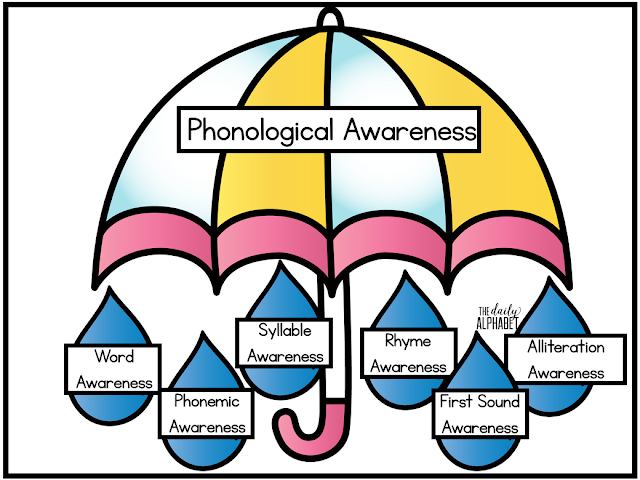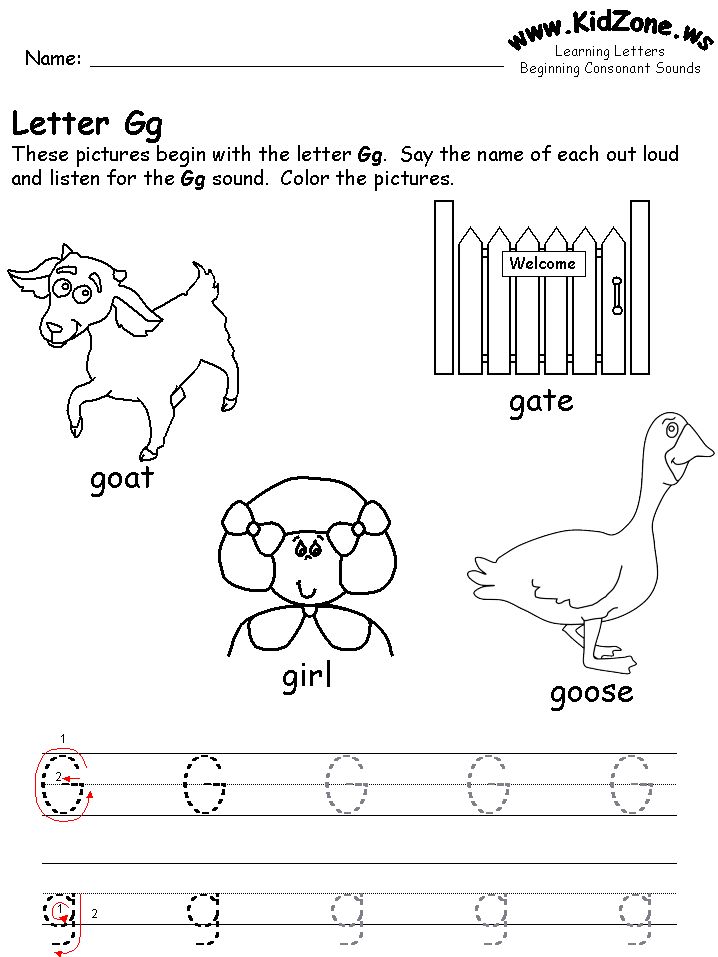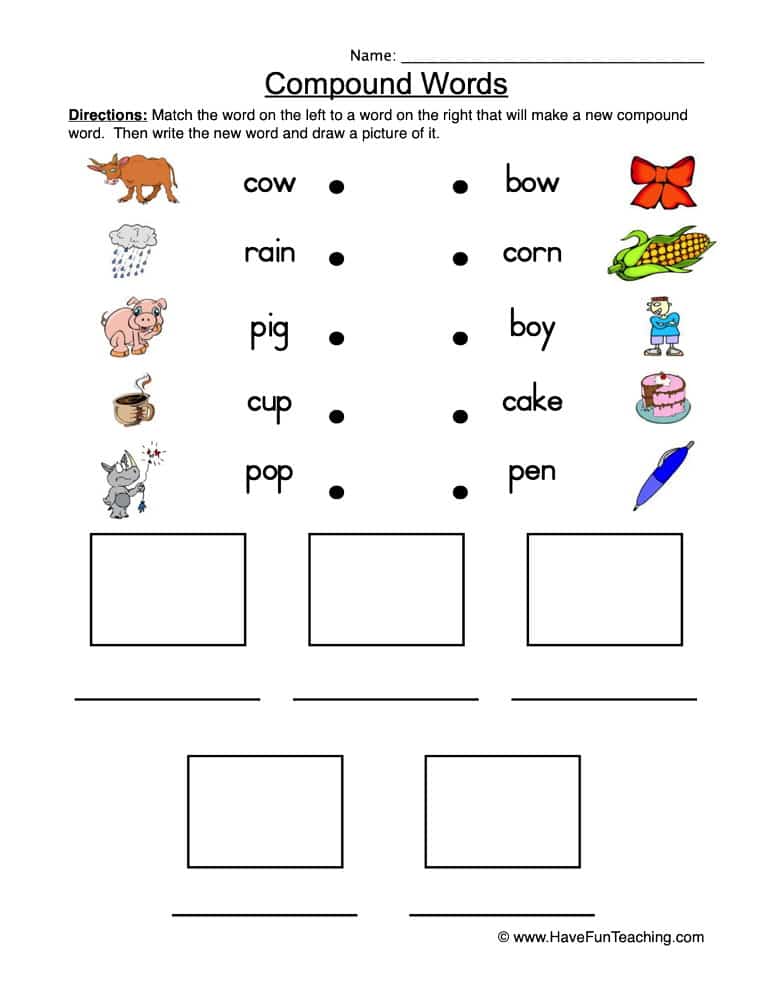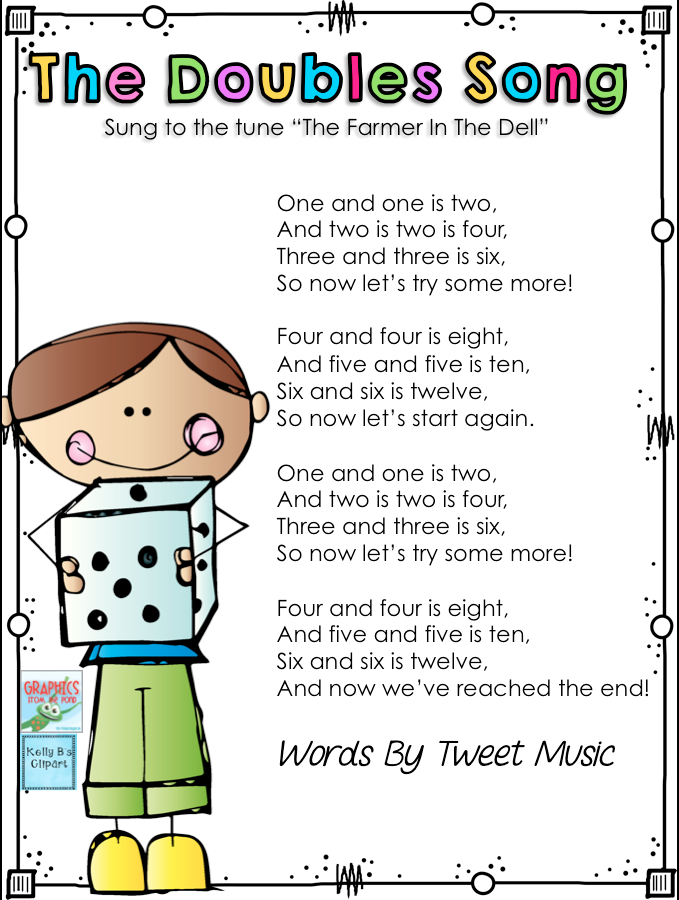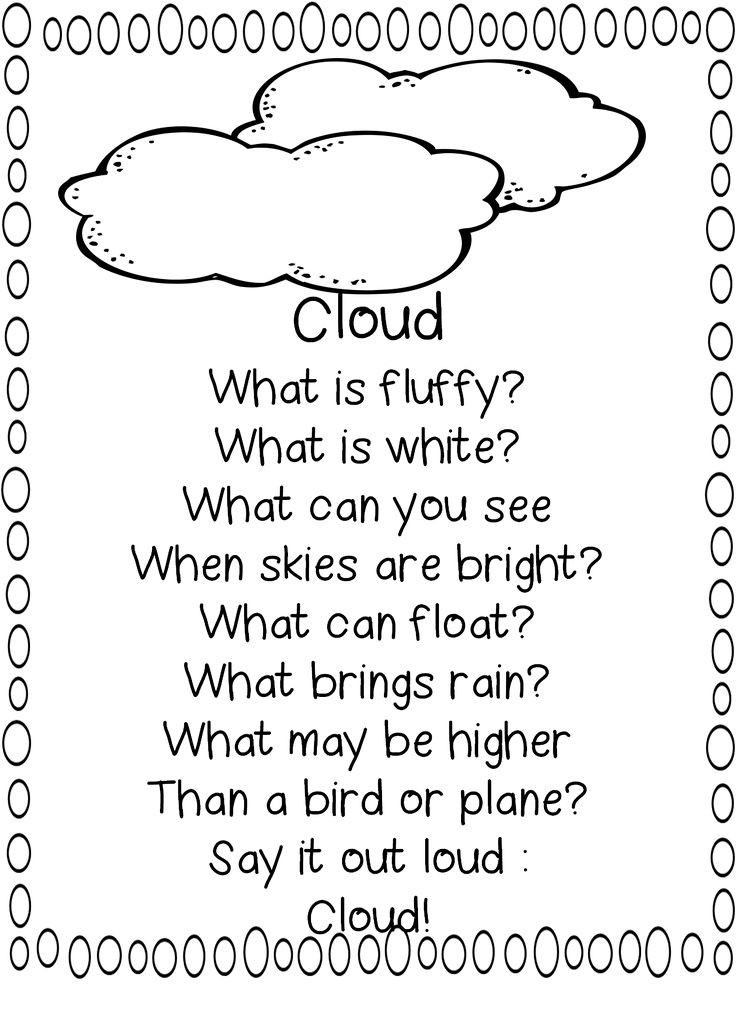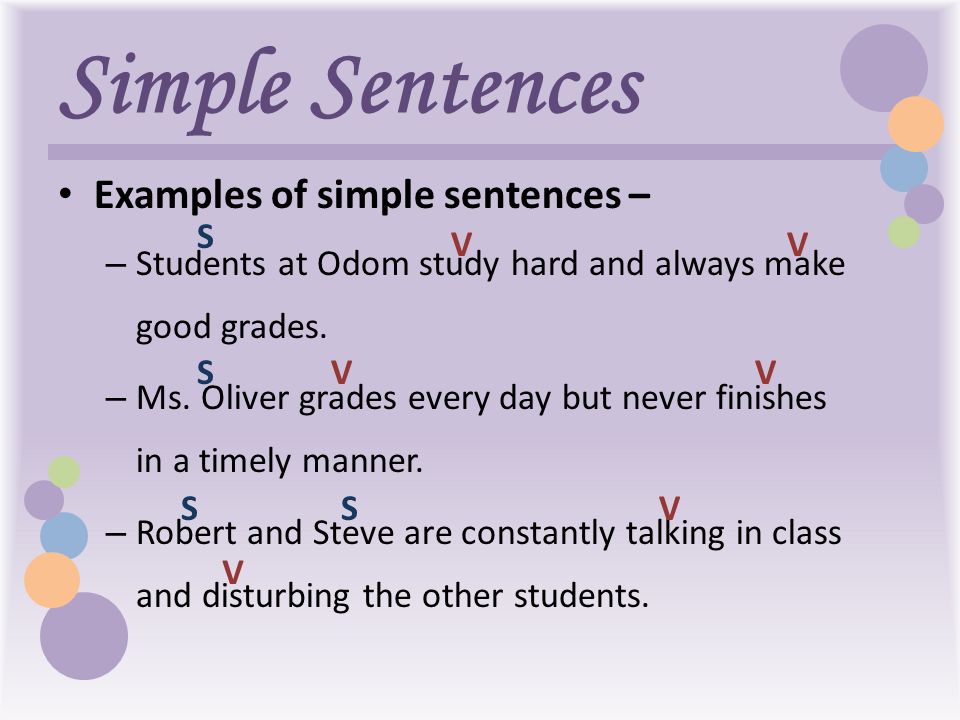Activities for reading readiness
The Top 5 Skills + FREE Placement Test
by Marie Rippel
Did you know that there are five skills your child should master before you begin formal reading instruction? Because these reading readiness skills are so important, we call them The Big Five Skills.
Although much of your child’s learning comes naturally as he plays and experiences life, there are some skills, like reading, that must eventually be taught. That may feel a little scary, but if you’ve taught your child how to pick up his toys or put on his socks, you can teach your child to read, too!
In this post, you’ll learn about the skills for reading readiness, and you’ll discover more than twenty fun ways you can help your preschooler or kindergartner develop in these areas. Let’s dig in!
5 Critical Skills for Reading Readiness
Print Awareness
Print awareness is the understanding that the print on a page represents words that have meaning and are related to spoken language.
To develop this skill:
- Help your child learn how to hold a book correctly.
- As you read books together, emphasize the fact that you’re reading from front to back and from left to right. Let your child turn the pages.
- As your child helps you in the kitchen, point out the names on the food boxes and cans and the ingredients as you read your recipe.
- Point out and read road signs and store signs as you travel in the car.
-
Letter Knowledge
Letter knowledge enables a child to recognize the letters of the alphabet and to know the names and sounds of each.
To develop this skill:
- Sing the alphabet song together. Practice starting at different letters.
- Use activities that help children recognize both uppercase and lowercase letters.
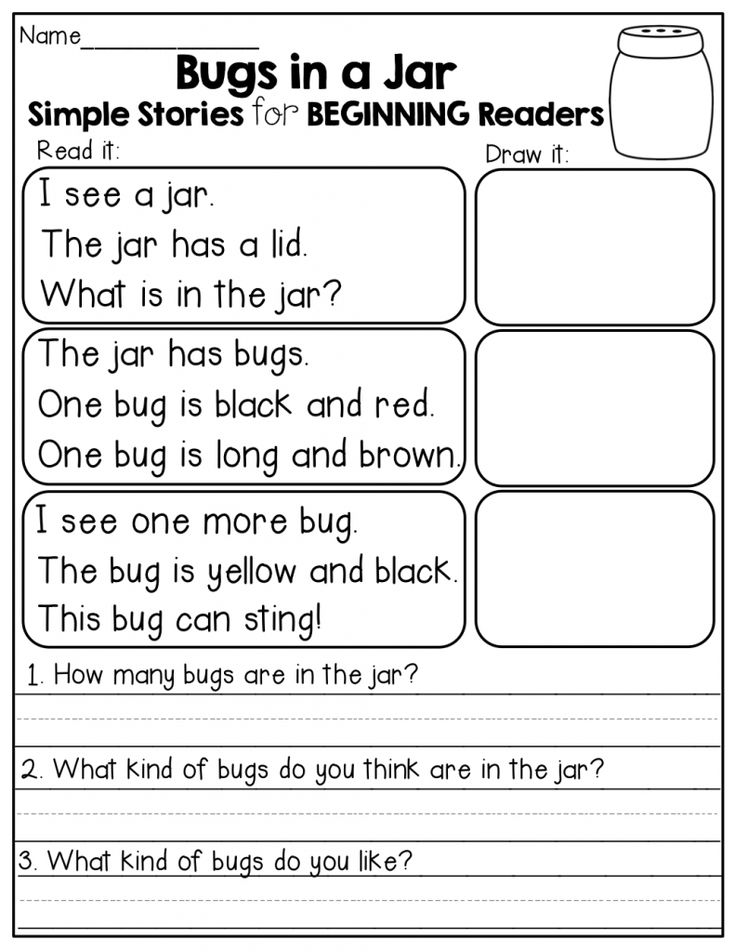
- Begin to encourage an association between letter names and the sounds they make.
- Explore the alphabet with refrigerator magnets.
- Create the alphabet with building blocks or form letters with playdough.
Phonological Awareness
It’s a big term, but it’s really quite basic. Phonological awareness is the ability to hear and identify the various sounds in spoken words.
To develop this skill:
- Read lots of nursery rhymes and rhyming picture books together. Encourage your child to anticipate rhyme as you read together.
- Play clapping and rhyming games like Miss Mary Mack and Pat-a-Cake.
- Sing silly songs by changing the first sound in some of the words. For example, sing, “Bingle bells, bingle bells, bingle all the bay,” or “If you’re chappy and you chow it, chap your chands.
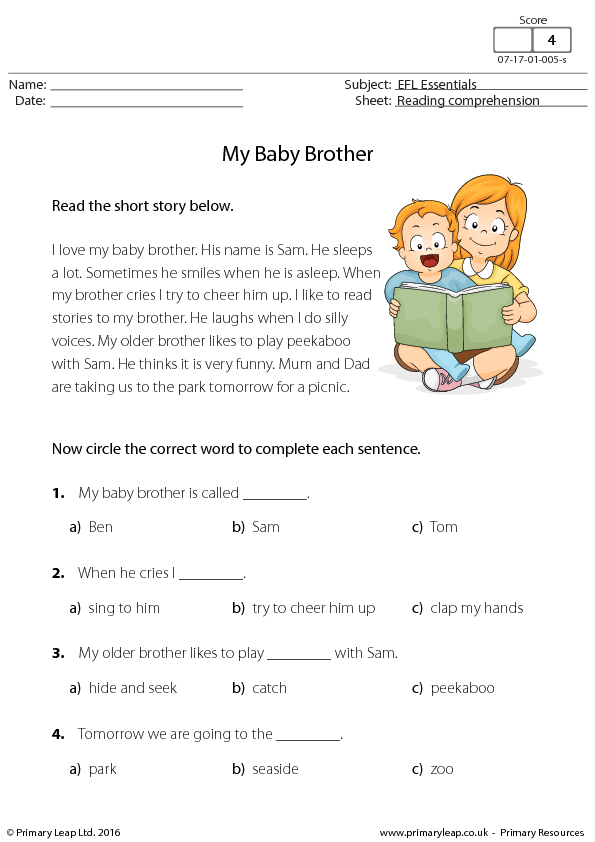 ”
” - Play games that encourage children to identify words that begin with a specific letter sound. For example, say, “I spy with my little eye a color that starts with /r/.”
Listening Comprehension
Listening comprehension is the ability to understand the meaning of words heard and to relate to them in some way. A child with good listening comprehension has a wide vocabulary and a growing understanding of the world around him.
To develop this skill:
- Read aloud to your children daily. Read books that are in line with your child’s interests so he begins to realize that there is a benefit to learning to read.
- Encourage even young children to interact with books.
- Attend story time at the library.
- Let your child see you enjoying books.
- Make read-aloud time an enjoyable shared time.
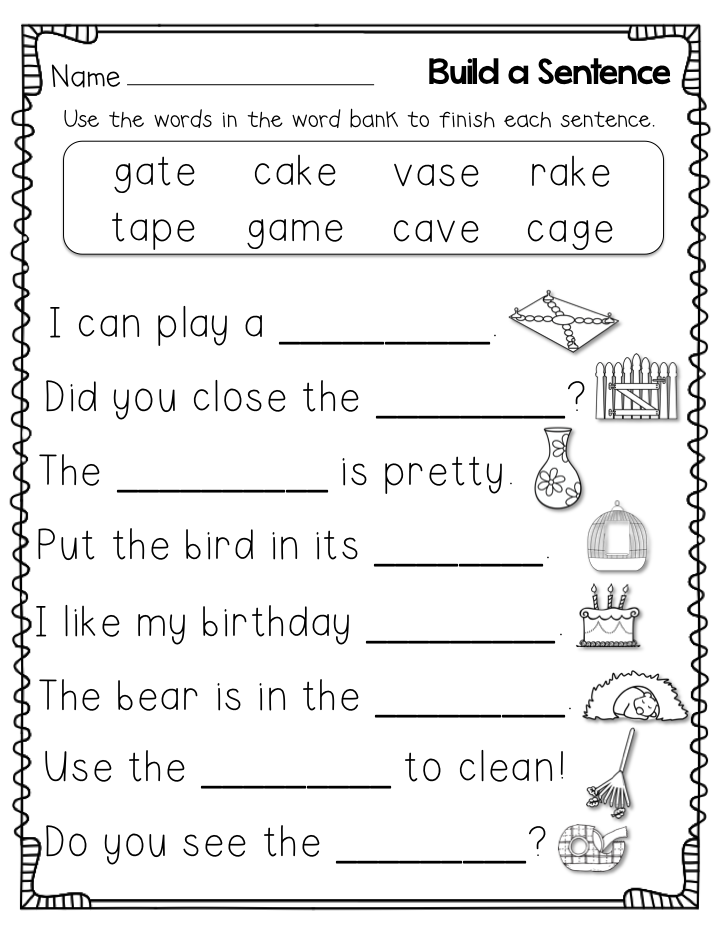 Here are some picture book lists to get you started.
Here are some picture book lists to get you started.
Motivation to Read
Motivation to read is a child’s eagerness and willingness to read.
To encourage your child:
- Read both fiction and nonfiction books to your child.
- As you read, ask open-ended questions. For example, ask “What do you think is going to happen when we turn the page?” or “Why did the boy go outside?”
- Use everyday life experiences to build your child’s vocabulary.
- Encourage imaginative play and storytelling.
Determine if Your Child Is Ready to Read
Have you been working to help your child develop these important pre-reading skills? If so, it’s very possible that your child is ready to begin formal reading instruction. But if you’re not sure whether your child is ready, complete this checklist to measure your child’s reading readiness:
After completing this checklist, you’ll be able to identify the pre-reading skills that your child still needs to work on.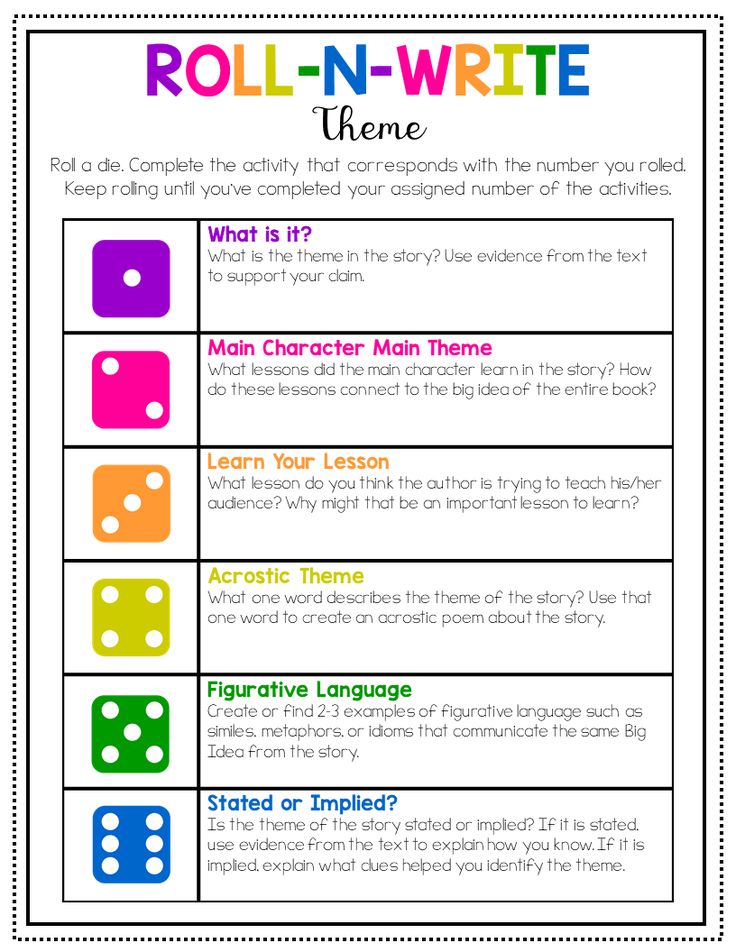 The All About Reading Pre-reading program makes it easy to fill in the gaps and get your child ready to read. Is your child already ready to read? If so, All About Reading Level 1 is the perfect starting point!
The All About Reading Pre-reading program makes it easy to fill in the gaps and get your child ready to read. Is your child already ready to read? If so, All About Reading Level 1 is the perfect starting point!
One Final Note
I’m a strong believer in letting kids be kids and not pushing academics too early. But I also know from extensive experience that most kids don’t develop reading readiness skills on their own. The All About Reading Pre-reading program strikes a good balance. In about 15 minutes per day (depending on your child’s attention span and abilities), this easy-to-use curriculum helps children develop all five of the Big Five Skills. The program includes crafts, rhyming and word games, alphabet charts, and lots of playful activities. And if you’ve never met Ziggy, you’re in for a treat!
The majority of a young child’s day should be filled with play, real-life activities, and physical exploration.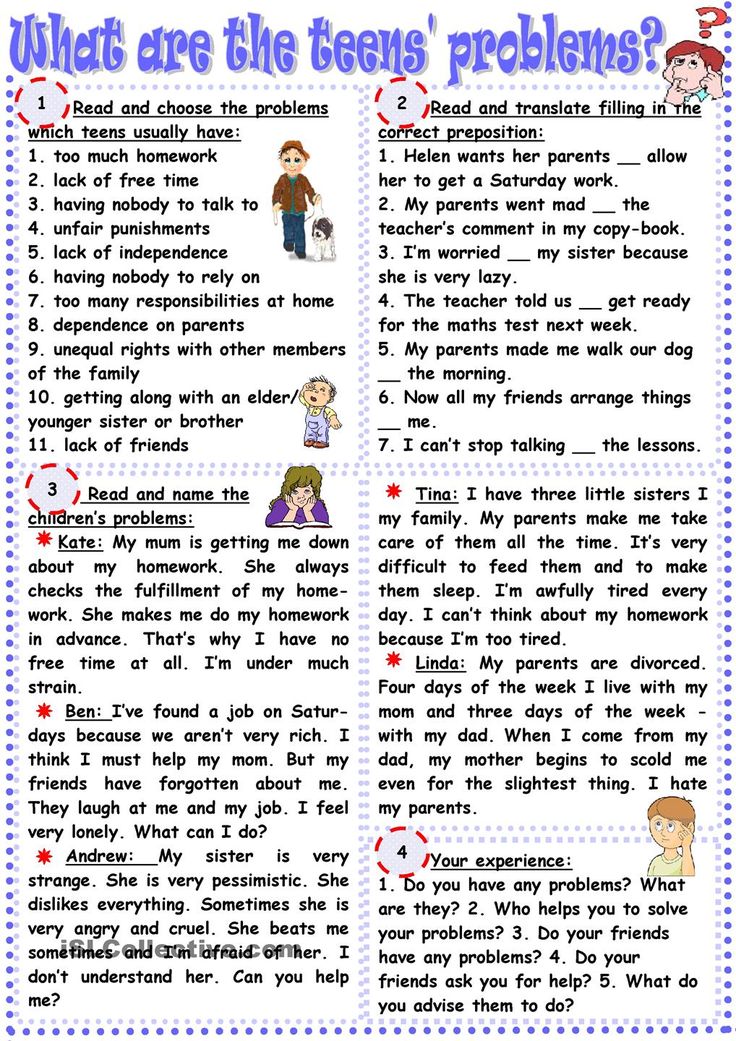 Add in just a touch of daily intentional instruction in these five reading readiness areas, and your child will have a huge advantage when it comes time to read.
Add in just a touch of daily intentional instruction in these five reading readiness areas, and your child will have a huge advantage when it comes time to read.
Do you have questions about reading readiness? Post in the comments below or contact us!
Photo credit: Rachel Neumann
10 Ways to Build Pre-Reading Skills in Kids
- Share
Here are some fun, simple pre-reading skills activities for preschoolers that are fun for home or school.
There are everyday activities kids should already be doing at home, as well as some other ideas to try.
What is Pre-Reading?
So, what are pre-reading skills?
Before any child can learn to read well and become a competent speller, five pre-reading skills must be mastered in order to lay a proper foundation.
Pre-reading skills are important as they set children up to decode words independently and read with understanding.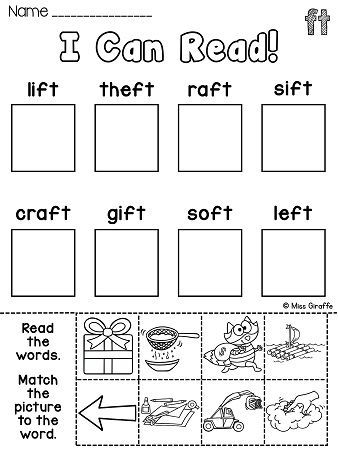 They need to be developed before teaching a child to read.
They need to be developed before teaching a child to read.
They are important for school readiness and early literacy development.
What are the 5 Pre-Reading Skills?
These are the five main pre-reading skills that every student must master before learning to read, as listed in the article Reading readiness: The Top 5 Skills, by All About Learning Press.
1.
Print AwarenessPrint awareness is the understanding that letters form words and that these words have meaning when they are read.
It is knowing that the four letters on a stop sign have a message and that the words in a book tell a story or provide information.
There is also an understanding of the order of reading as they watch people read from left to right, and cover to cover.
2.
Motivation to ReadThe desire to decode words and understand what is in a book is essential before a child learns to read.
A baby is too young and does not yet have the motivation to want to decode the words in his plastic bath book.
Older children who have developed print awareness, and have listened to their parents read bedtime stories, will want to start understanding the words on the pages themselves.
This skill must be fostered until children develop a healthy desire to read.
3.
Listening ComprehensionWhen a child is able to ask and answer questions about a story or summarize what they have read or heard, they have developed listening comprehension.
4.
Letter KnowledgeKnowing the difference between upper-case and lower-case letters and recognizing letters and their sounds, forms the basis of letter knowledge.
Without this, words cannot be decoded and sounds cannot be blended together.
5.
Phonological AwarenessThis refers to hearing the different sounds in words (beginning sounds, end sounds, rhyming patterns, middle sounds and individual sounds).
Good phonological awareness means children are able to blend sounds together, decode them and manipulate them.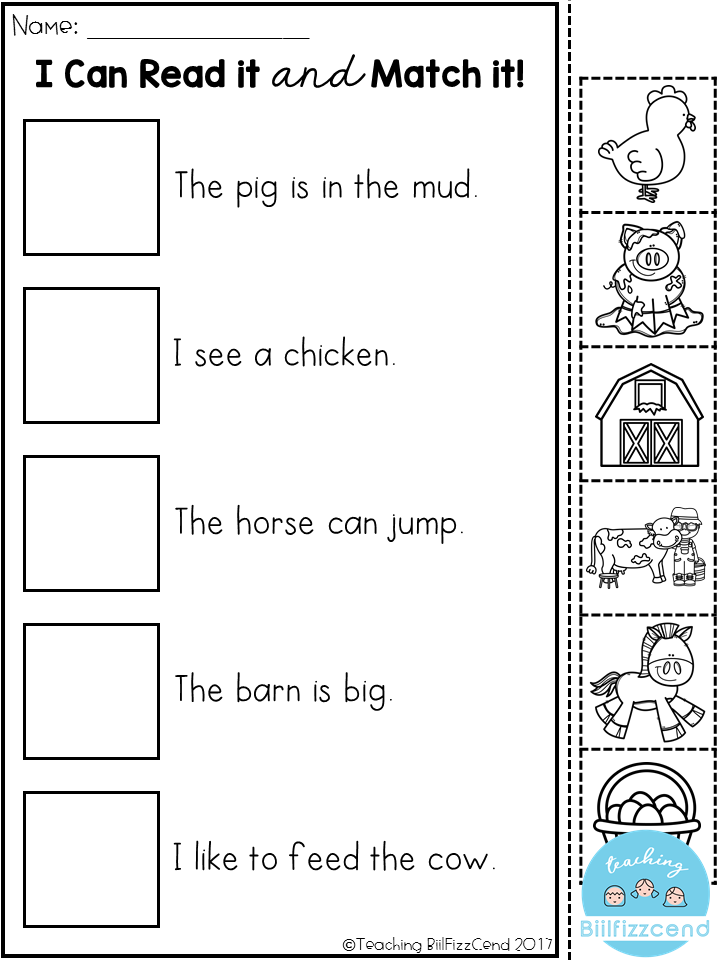
These five skills can be developed from a very young age in many easy ways.
Here are some ideas, starting with basic activities to develop print awareness, motivation and listening comprehension, and moving on to more advanced activities that build letter knowledge and phonological awareness.
10 Pre-Reading Skills Activities for Preschoolers
Here are some simple activities for pre-reading skills. They are also suitable for kindergarteners.
Many of these activities are inspired by the ideas in the Phonological Awareness Package, compiled by Jane Sheils and Yvonne Sawyers.
1.
Read to Children Every DayIt’s never too early to start reading to your children.
Initially, it may just be soothing to listen to you read as your baby falls asleep, but as our child grows he will get used to the idea that the book represents a message.
When reading to your older children, even those who can already read, you will be instilling a love for books and showing that you value time to read together.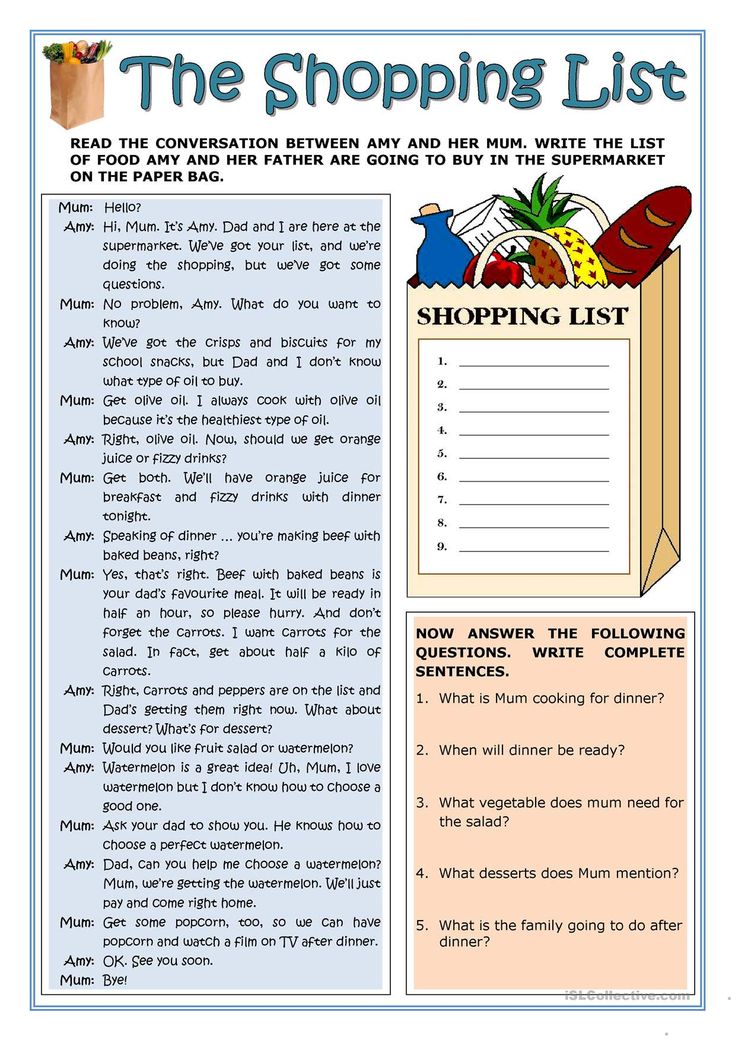
Read your kids these fun rhymes about books. They are all about the magic of reading.
2.
Ask Questions While ReadingDevelop listening comprehension and stimulate higher-order thinking skills by asking questions while reading.
Make sure to incorporate a variety of question types, such as cause-and-effect questions, predictions and opinions.
3.
Point Out Print in the EnvironmentThere are several ways to do this:
- Read the road signs as you drive and discuss what they mean. What would happen if people couldn’t read the sign that says “Beware of school children crossing the road”?
- Discuss the labels on your groceries. Why does the chemical cleaner have warning words? How do you know how much sugar is in your cereal?
- Discuss books. How do you know who is the author of a book? How do you know what the book is about before you read it? Which cover is the front cover and which is the back cover?
- Open the mail together (letters and emails).
 Who are these letters from? What message do they have for me? How do I know how much I need to pay for electricity usage this month?
Who are these letters from? What message do they have for me? How do I know how much I need to pay for electricity usage this month?
This post contains affiliate links for educational products that I personally recommend. If you purchase through one of them, I earn a commission at no extra cost to you. Read the terms and conditions for more details.
4. Learn the Letters- Play with magnetic letters, letter tiles, stamps, letter cut-outs and shapes.
- Teach your child the letters in their name.
- Learn the alphabet song.
- Think of nouns that start with each letter.
- Use alphabet charts to compare upper-case and lower-case letters.
5.
Learn Rhymes and PoemsRhymes, songs and poems are a great way to start introducing rhyming words. They help children learn to read. Point out the sets of rhyming words as you sing them.
Make up new rhymes with simple patterns such as an (can, man, ran, pan) or ip (tip, rip, lip, sip).
When your child is old enough to play with sounds, move on to rhyming games.
6.
Play Rhyming Games- Find rhyming words – Say the word cat. What sound does cat end in? What other words end in at – mat, pat, rat, etc.
- Identify words that don’t rhyme – Say three words e.g. lap, map, hop. Which word doesn’t fit in?
- Finish the sentences with a rhyming word – Finish the sentence by finding a word that rhymes with cat: My cat is wearing a _____?
7.
Develop Listening SkillsDevelop listening skills by asking your child to listen to a word, remember it and then remove part of it, mentally. Use compound words at first.
Here is an example of the instructions to give:
- Say jellyfish
- Now say jellyfish again but without jelly.
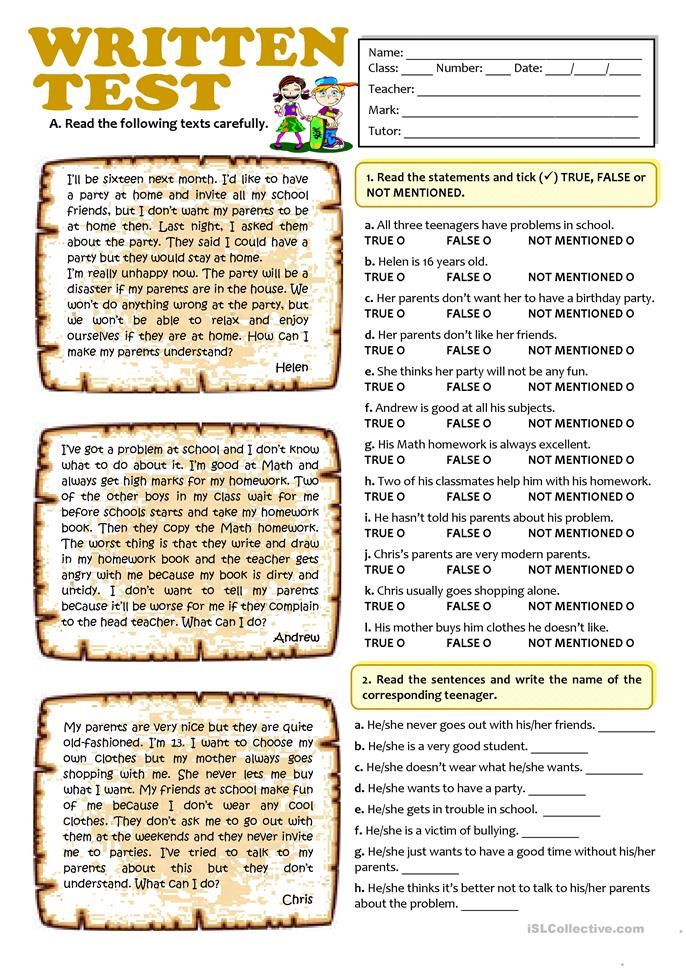
- Answer: fish
This can be very difficult at first but is an excellent activity for developing listening and the ability to manipulate sounds.
Give the answer at first until the concept is understood, and your child can do it independently.
8.
Hear Sounds in WordsStart by listening for the beginning sound in words:
- Write down two sounds or use two letter tiles.
- Say a simple, 3-letter word and ask which sound the word begins with.
- Your child must either circle the letter or point to it and say it out loud.
Then, follow the same procedure and listen for the end sound.
And finally, identify the middle sound.
Vary this activity by saying just one sound (e.g. ‘t’) and asking where the sound is in the word – beginning, middle or end.
9.
Manipulate SoundsWhen your child is able to identify sounds and hear them at the beginning, end and middle of words, she is then ready to manipulate sounds.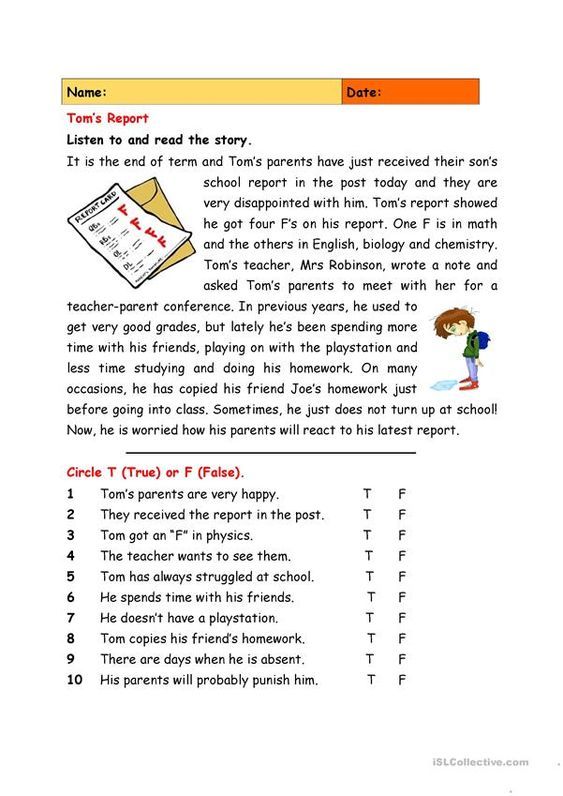 Here is an example:
Here is an example:
- Say cat
- Now change the c to a m
- What do you hear?
- Answer: mat
Make sure you are using the actual sound, not the letter name (mm, not em)
- Say ham
- Now change the m to a t
- What do you hear?
- Answer: hat
10.
Blend and Decode SoundsThe final step is sounding out words and blending letters. These activities can be done with letter tiles.
Sounding out/decoding:
- p-e-n (pen)
- c-a-t (cat)
Blending:
This activity can be done with letter tiles. Place an e and d together to form ed, then add new letters to the beginning to make new words.
- b-ed (bed)
- r-ed (red)
- l-ed (led)
When children have the phonological awareness to decode words, then they are ready to read!
I hope you enjoyed these preschool and kindergarten pre-reading activities.
Remember that pre-reading and pre-writing skills are both important to develop before introducing formal instruction to young children.
Get FREE access to Printable Puzzles, Stories, Activity Packs and more!
Join Empowered Parents + and you’ll receive a downloadable set of printable puzzles, games and short stories, as well as the Learning Through Play Activity Pack which includes an entire year of activities for 3 to 6-year-olds.
Access is free forever.
Signing up for a free Grow account is fast and easy and will allow you to bookmark articles to read later, on this website as well as many websites worldwide that use Grow.
- Share
Simple and fun exercises to teach reading. 15 minutes a day
Electronic library
Raising children, today's parents educate the future history of our country, and hence the history of the world.
- A.S. Makarenko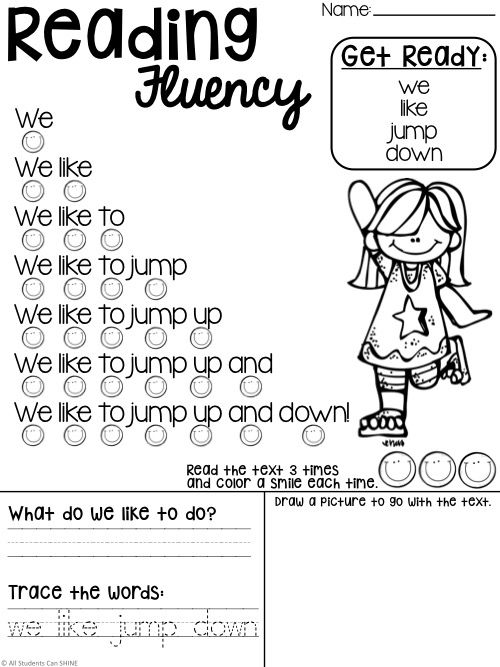
| Author: Olesya Zhukova | |
| Title: Simple and fun reading exercises. 15 minutes a day | |
| Format: PDF | |
| Size: 7.33 Mb | |
| Capacity: 64 pages | |
| Abstract: | |
| Each child is talented in his own way, but adults do not always devote enough time to help the child develop his or her abilities to the full. All parents want their kids to grow up smart and talented, but how often adults do not have enough time to work with their child once again. This book is specially designed for busy parents! Devoting “lessons” to only 15 minutes a day, in a month you will be pleasantly surprised by the results - your child will easily and quickly learn letters, learn how to write them, and master the first reading skills. All this knowledge will definitely be useful to him when studying at school! For smart kids and busy parents. For preschool children. | |
| Contents: | |
| |
| Page examples: | |
| |
| Buy a book at a bargain price | |
- Views: 45793
Children speak
| “Papa is the boss in our house. - Alina, 6 years old |
Prescriptions for children
| Preparing for school | |
| Hand development | |
| Teaching writing | |
| Interesting tasks | |
| Modern techniques |
New
- Lego speech games
- Neurologopedic prescriptions. Learning to read and developing speech
- Become a letter! Dynamic pauses in teaching literacy to preschoolers and younger schoolchildren
- Speed reading for kids and more nine0075 All basic English vocabulary.
 Reference book in the form of memory cards
Reference book in the form of memory cards
Privacy policy
How to easily teach a child 4-6 years old to read - the best methods and exercises there is no ready-made answer, but we want to immediately warn against two misconceptions:
-
“It is not necessary to teach a child to read at home, they will teach you at school anyway.” Yes, they will. But remember: the first year at school is the most intense in all 11 years of study. For some 4-5 months in the 1st grade, the child goes through the alphabet "from" and "to", learns to read, write, and the rest of the time he studies the basics of the Russian language. Therefore, it will be great if he has a reading skill before school. This will reduce the burden on the child. nine0003
-
"There is no time to waste - the sooner the baby begins to read, the better." All children are different and develop at their own pace.
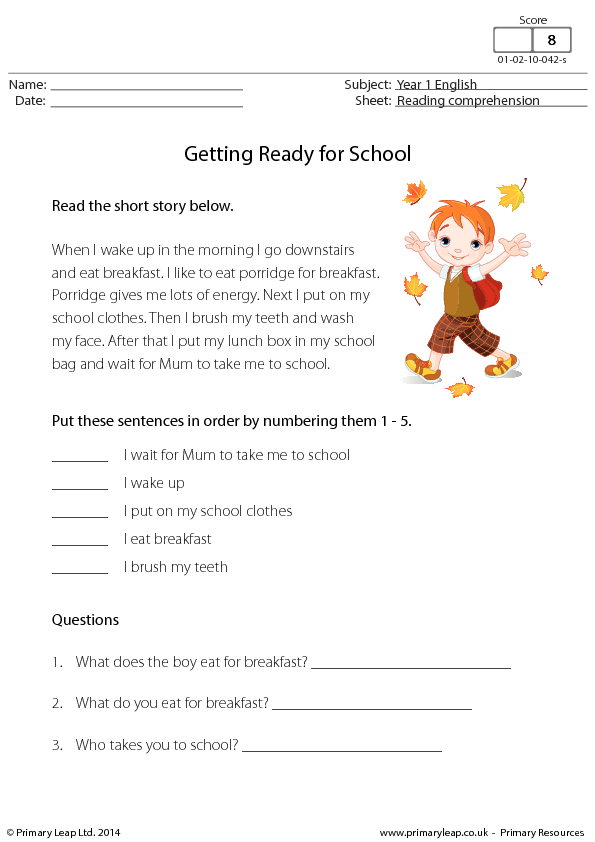 Therefore, you should not impose teaching reading to a preschooler as soon as he is 4-5 years old, if the student himself does not yet show interest in this activity. Instead, you can begin to develop an interest in reading through bright and engaging books. A good option would also be games that involve letters.
Therefore, you should not impose teaching reading to a preschooler as soon as he is 4-5 years old, if the student himself does not yet show interest in this activity. Instead, you can begin to develop an interest in reading through bright and engaging books. A good option would also be games that involve letters.
The indicator to be guided by is not the age of a preschooler, but his speech skills. nine0003
It's time to learn to read if…
If the speech development of a preschooler proceeds without gross violations. Let's figure out what criteria will help you find out if a child is ready to learn to read:
-
Understanding addressed speech. The kid must understand sentences, phrases, individual words that others refer to him.
-
Vocabulary.
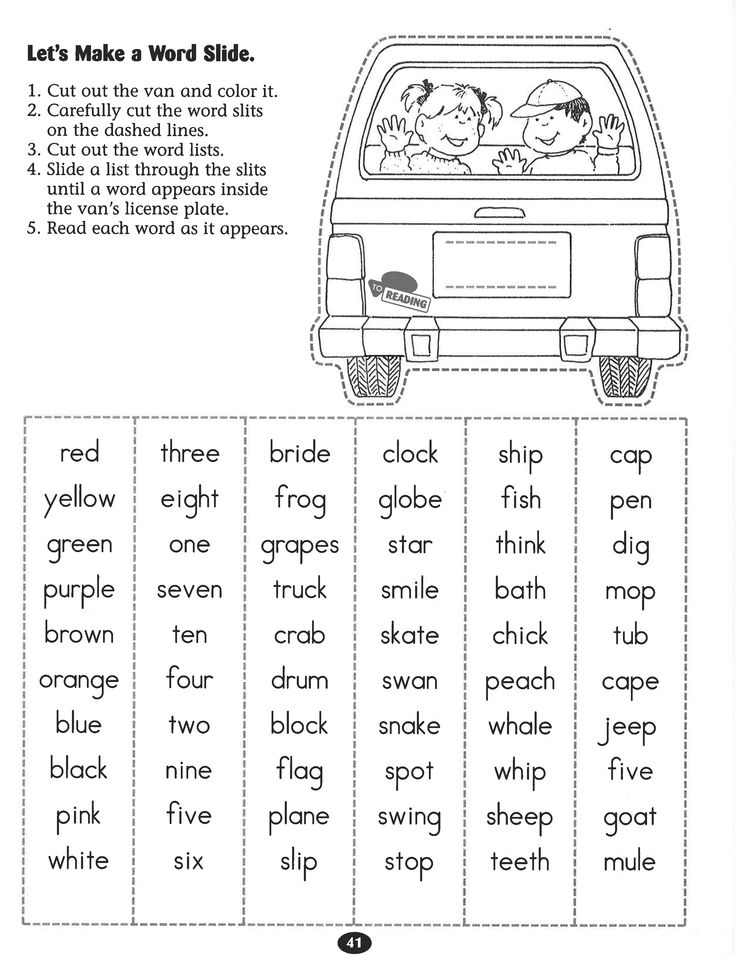 The more words a child knows, the better he will understand what he read. It will also help him communicate with adults and other children. nine0003
The more words a child knows, the better he will understand what he read. It will also help him communicate with adults and other children. nine0003 -
Grammar. The ability to correctly build sentences, select and change words is important for children who are learning to read.
-
Pronunciation. For learning to be effective, the child must know how to pronounce words without gross errors.
Remember: at preschool age, a child may have minor flaws in grammar and pronunciation - this is normal. Over time, these violations will be corrected, and they should not be considered an obstacle to reading. But if the baby is not yet very confident in speaking, do not rush him to read - this will not help develop speech, but only demotivate. nine0003
Practicing child psychologist Ekaterina Murashova
Free course for modern moms and dads from Ekaterina Murashova.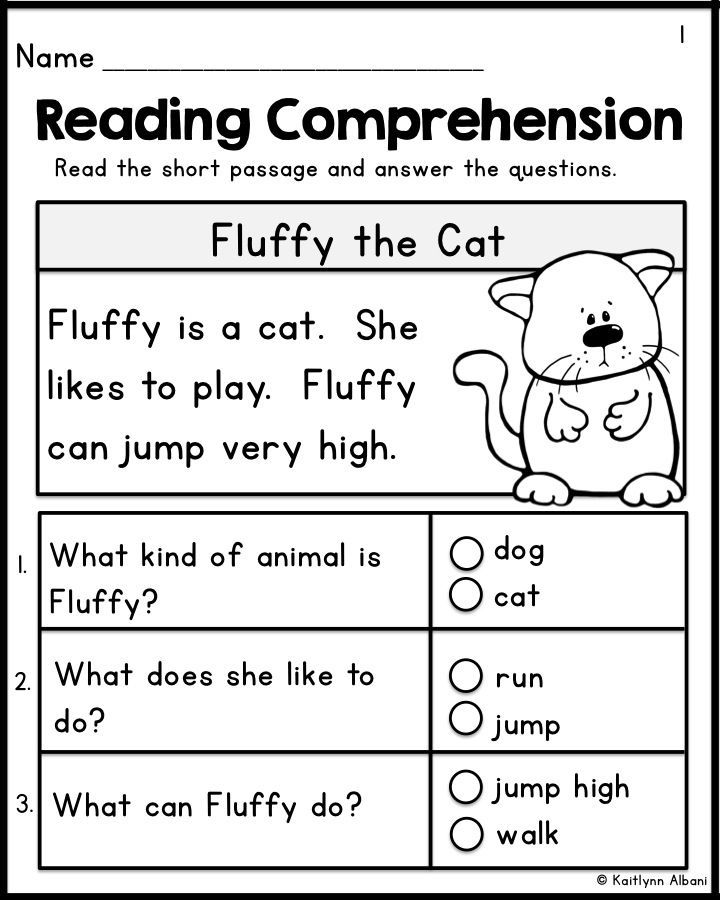 Sign up and participate in the drawing of 8 lessons
Sign up and participate in the drawing of 8 lessons
How to make learning to read easier for preschoolers
-
Praise more and never scold
It's hard for us adults to imagine how difficult it really is for a baby to learn from scratch such a complex skill as reading. After all, being able to read means being able to correlate a sound with a letter or a combination of letters, connect sounds, understand the meanings of the words read and the meaning behind the text. nine0003
If parents take the child's progress for granted and express dissatisfaction when the child does not understand something, this will not push the future student to development, but will only complicate the process. Therefore, it is important to praise for small victories: I learned the letter that was passed last time - great, I coped without my father's help with the word as much as two syllables - clever.

Do not take failures as a consequence of the negligence of the little student. When a child does not understand the first time, this is an occasion to look for another explanation or give more time to practice. If you feel tired and irritated, you should stop the activity and return to it in a good mood. nine0003
-
Exercise little but regularly
Do not expect perseverance and a desire to spend hours figuring out unfamiliar letters from your baby. It is difficult for preschoolers to keep their attention in a lesson for more than 25 minutes, and even such small classes should be interrupted with physical education minutes and games so that the child does not get bored. This is exactly how Skysmart prepares for school: 25-minute classes with breaks for outdoor games.
But regular practice is important - much more important than the duration of the session.
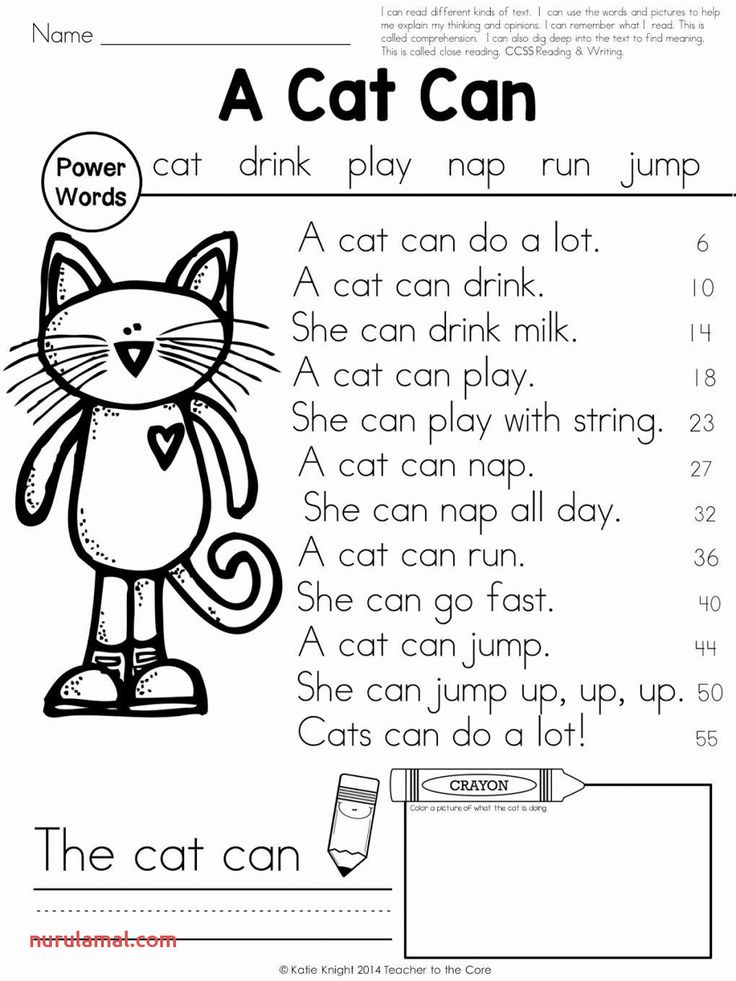 And it doesn’t have to be just lessons: you can look for familiar letters on signs during a walk, on a door plate in a children’s clinic, on a package of your favorite corn flakes. nine0003
And it doesn’t have to be just lessons: you can look for familiar letters on signs during a walk, on a door plate in a children’s clinic, on a package of your favorite corn flakes. nine0003 -
Read books aloud
In a series of studies conducted by Dr. Victoria Purcell-Gates among five-year-olds who could not yet read, those children to whom their parents read aloud regularly for two years, expressed their thoughts in more literary language, built longer phrases and used more complex syntax.
In addition, reading aloud with adults contributed to the expansion of the children's vocabulary, as parents explained the meanings of new words that children did not encounter in everyday life. nine0003
Expert Opinion
According to neuroscientist Marianne Wolfe, book evenings with parents help develop a love of reading because the child establishes a connection between reading aloud and feelings of love and warmth.
-
Discuss read
The role of communication in teaching literacy cannot be overestimated. At first, it is important to ask if the future student is interested, if he is tired, what was remembered from the lesson. When a preschooler learns to read coherent texts, be sure to ask questions about their content. nine0003
It's great if the child reads on his own and without the prompting of the parents, but even in this case, do not deprive him of the opportunity to discuss what he has read with you. For example, you can ask:
-
Which of the characters do you like?
-
Do you think this character is like you? Would you like to be like her?
-
What would you do if you were a hero?
-
Why did the described event happen? How are these two events related? nine0003
-
How did what you read make you feel?
-
What do you remember most from what you read?
-
What do you think the author wanted to teach? Why did he write this? Do you agree with the author?
-
-
Go from simple to complex
From the correspondence between sounds and letters to syllables, from short words to longer and more complex words. It would seem that this is obvious, but no: sometimes parents are so happy with the success of the child at first that they push him to study more complex topics than he is ready to accept. Of course, the program should adapt to the future student, but you should not skip steps, even if the child is making progress.
nine0250 There are methods that offer to teach a child to read by memorizing whole words.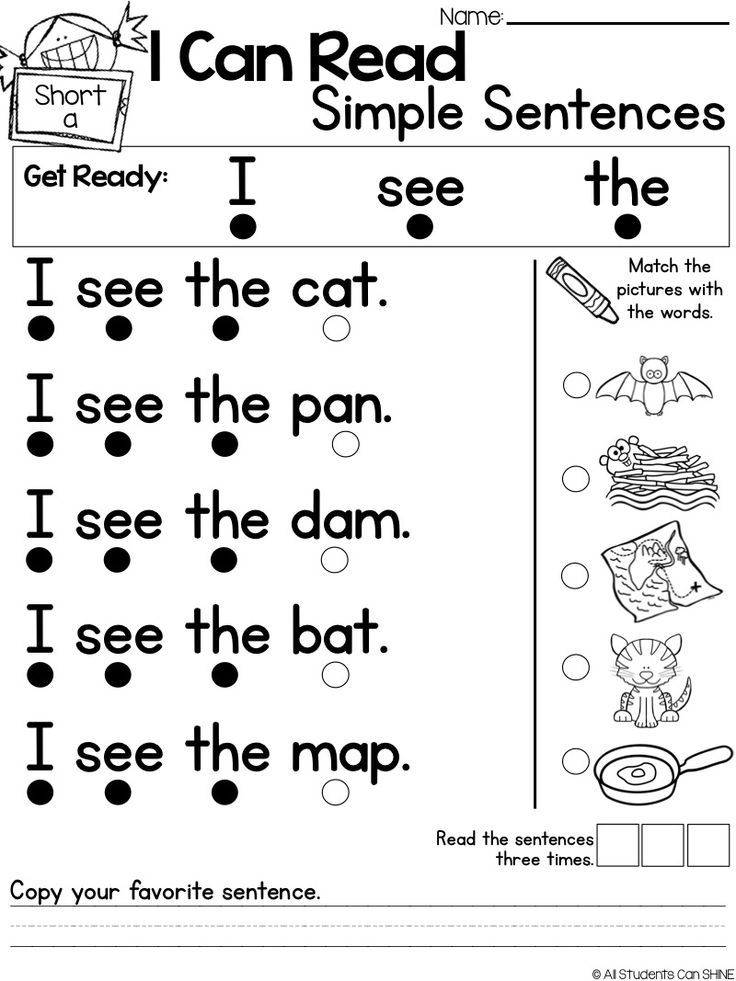 Alas, experiments show that such techniques generally work worse. For example, a group of scientists from the United States came up with an artificial alphabet and offered subjects to learn it, and then read the words written using this alphabet. At the same time, some subjects were immediately explained the principles of correspondence between sounds and letters, while others had to derive reading rules on their own based on whole words. It turned out that the first group copes with reading new, previously unfamiliar words better than the second. nine0003
Alas, experiments show that such techniques generally work worse. For example, a group of scientists from the United States came up with an artificial alphabet and offered subjects to learn it, and then read the words written using this alphabet. At the same time, some subjects were immediately explained the principles of correspondence between sounds and letters, while others had to derive reading rules on their own based on whole words. It turned out that the first group copes with reading new, previously unfamiliar words better than the second. nine0003 Therefore, we advise you to choose those teaching methods that involve clear instructions about the relationship between sound and letter - and this is especially important for those children who have difficulty reading. Below we have compiled a few of these techniques that you can use to teach your preschooler at home.
It is important to select questions individually, based on the age of the child.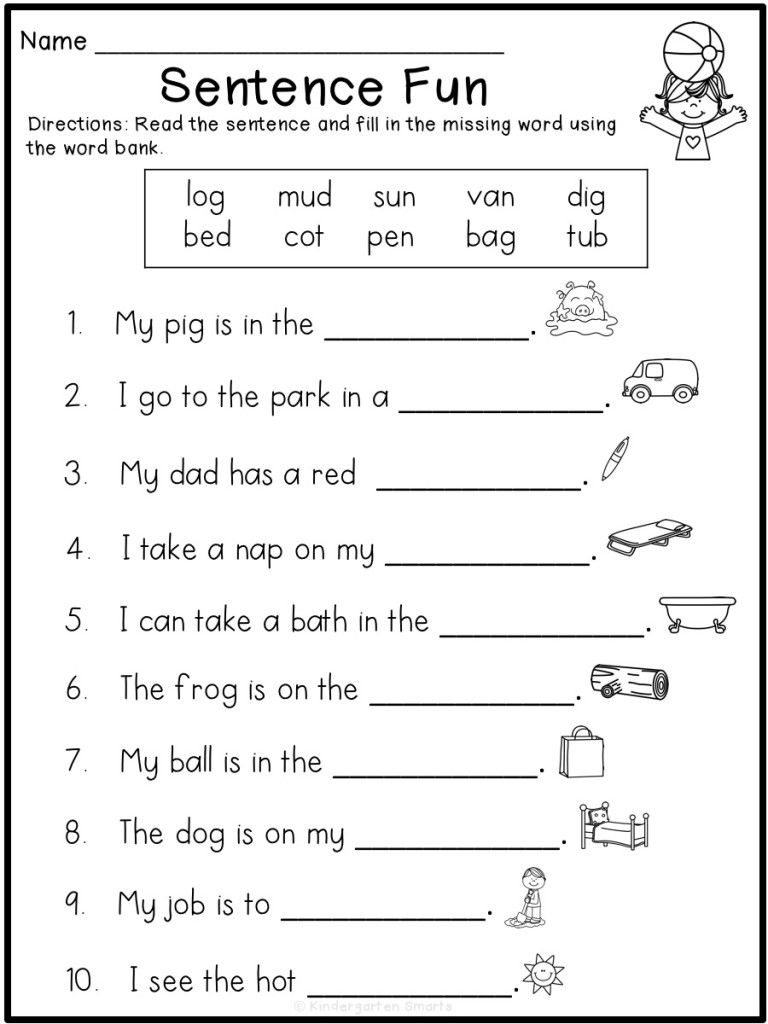 With younger children, discuss everything together, ask simple questions, direct their attention to some facts. The complexity of the questions should increase in proportion to the age of the child. The older he is, the more difficult the tasks should be, and the questions can already affect the "reflection" of their feelings and experiences. nine0003
With younger children, discuss everything together, ask simple questions, direct their attention to some facts. The complexity of the questions should increase in proportion to the age of the child. The older he is, the more difficult the tasks should be, and the questions can already affect the "reflection" of their feelings and experiences. nine0003
Methods of teaching preschoolers to read
Warehouse reading
The method of teaching a child to read through warehouses was actually used in Rus', but for modern parents this technique is associated with the name of the philologist Nikolai Alexandrovich Zaitsev.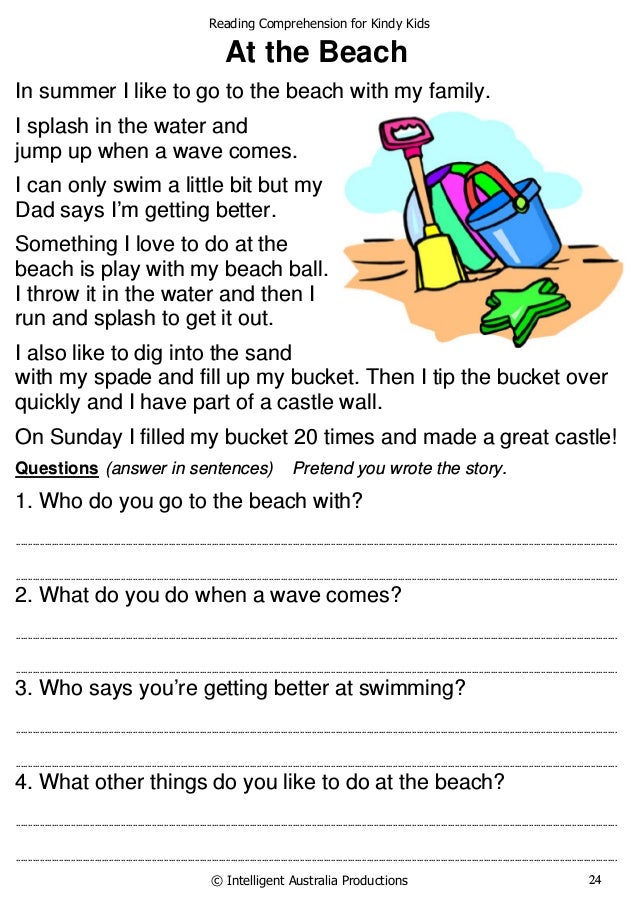 nine0003
nine0003
Zaitsev suggests not focusing on the study of individual letters, as it can be difficult for students to understand how letters can merge into syllables and words. Teaching a child to read by syllables is also not always easy: one syllable can be quite long ( shine, ruble ), and the boundaries of syllables are not obvious ( Lun-tik or Lu-ntik ?). Therefore, in Zaitsev's methodology, a warehouse is used as the main unit.
Warehouse can be a combination of a consonant and a vowel (pa-pa, ma-ma), a single consonant or vowel (de- d , i-s -li, A -le-sha), as well as a combination of a consonant with a hard or soft sign (ma- l -chi-k, use d -yem).
In order for a preschooler to understand the differences between the recording of voiced and soft, vowels and consonants, different types of warehouses have their own cube size, color and content, thanks to which the cubes sound when they are shaken. Cubes affect several channels of perception at once, and warehouses should not just be pronounced, but sung - this way, according to the author of the methodology, learning is more interesting and effective. nine0003
Cubes affect several channels of perception at once, and warehouses should not just be pronounced, but sung - this way, according to the author of the methodology, learning is more interesting and effective. nine0003
One of the advantages of the technique is that children willingly play with blocks themselves, and the process of learning to read becomes active, mobile.
Syllabic reading
This technique, according to some sources, was developed by the Romans. Later, Nadezhda Sergeevna Zhukova, a Soviet and Russian speech therapist, created a primer based on it. In it, she built her own system in which sounds and letters are sequentially introduced into speech.
Due to the fact that the concept of a syllable is introduced at an early stage, it is faster and easier to teach a child to read syllables together. By the way, as in Zaitsev's technique, it is proposed to sing syllables, and not just pronounce them.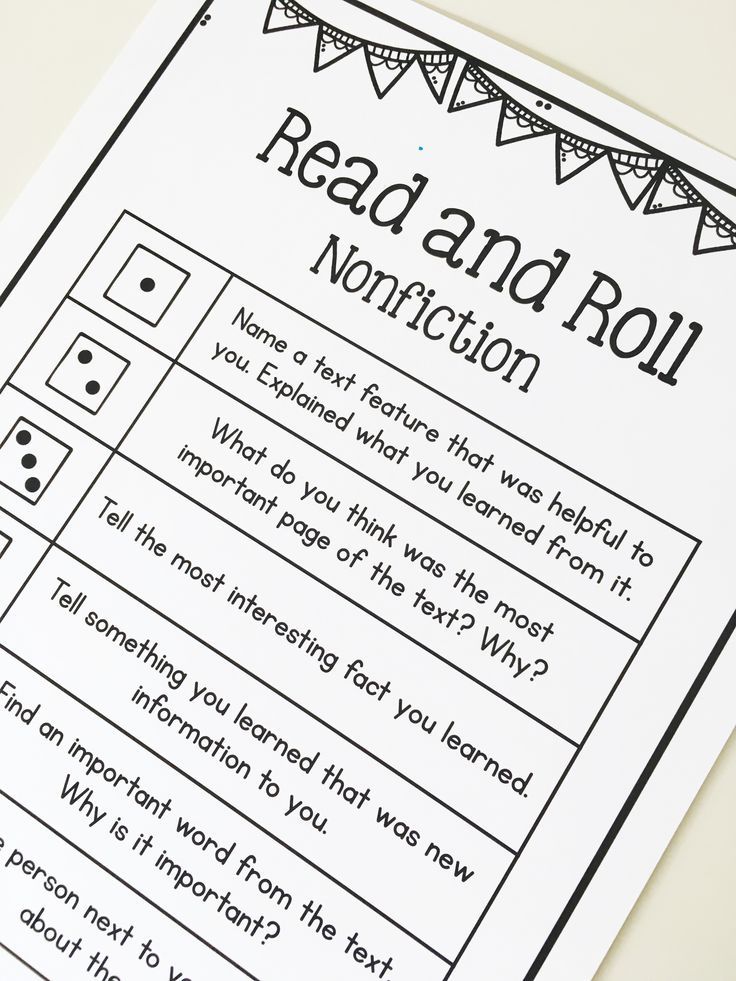 nine0003
nine0003
Based on the syllabic method, Zhukova developed a set of teaching aids - copybooks, copybooks and a book for reading. Benefits will help teach children to read correctly 6 and 7 years old at home.
Both techniques for teaching preschoolers to read are used in the Skysmart Ready for School course. The course consists of two stages: first, children get acquainted with letters and warehouses, which allows them to quickly start reading simple words, and then they learn what a syllable is. Gradually, we introduce more complex syllabic constructions, move on to reading phrases and sentences. nine0003
Sound analytical-synthetic teaching method
This method originated in the USSR and is still considered the main one in Russian schools and kindergartens. It was developed by the Soviet teacher and Russian language methodologist Voskresenskaya Alexandra Ilyinichna.
Like N.S. Zhukova, Voskresenskaya proposed her own order in which children should learn letters and sounds.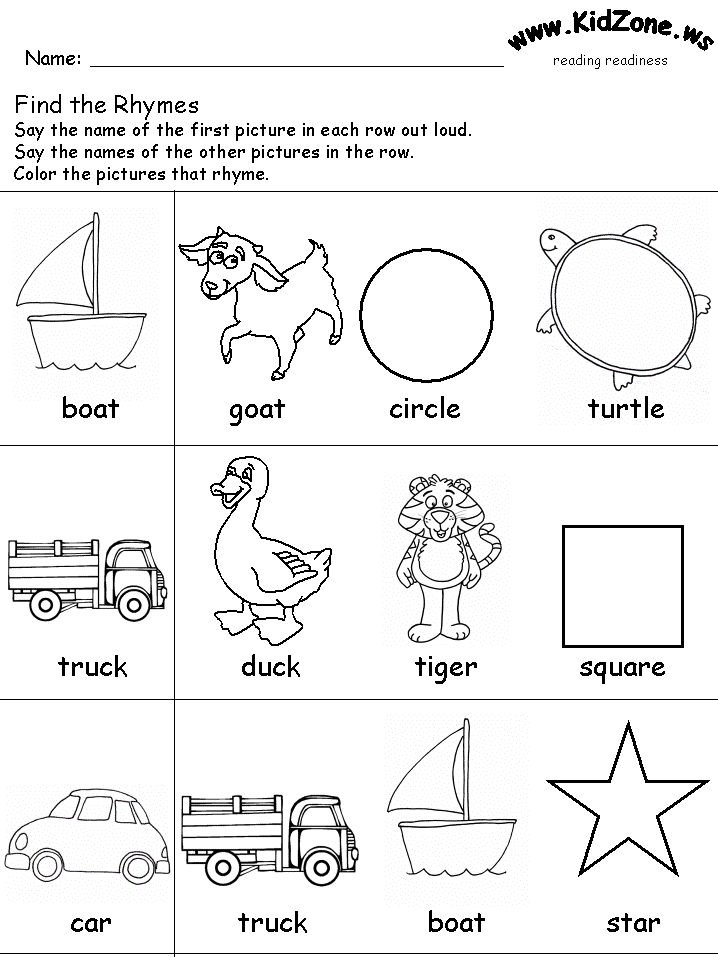 The principle of this sequence was that the child first learned the letters that can be combined into simple syllables, and then moved forward in the level of complexity. As a result, children learn syllables in this order:
The principle of this sequence was that the child first learned the letters that can be combined into simple syllables, and then moved forward in the level of complexity. As a result, children learn syllables in this order:
-
Two-letter syllables (including one consonant): am, ma, ra, etc. and simple words from them: ra-ma, ma-sha, Pa-sha, etc.
-
Three-letter syllables with a central vowel: poppy, lat, etc.
-
The combination of the first two stages into words: sa-lat, earth-la, etc.
-
Words of three syllables and six letters: az-bu-ka, ve-se-lo, etc.
-
Words of two syllables and six letters: question-ros, tea-nick, etc.
nine0253
Words with a combination of vowels at the beginning and at the end of the word: chair, March, etc.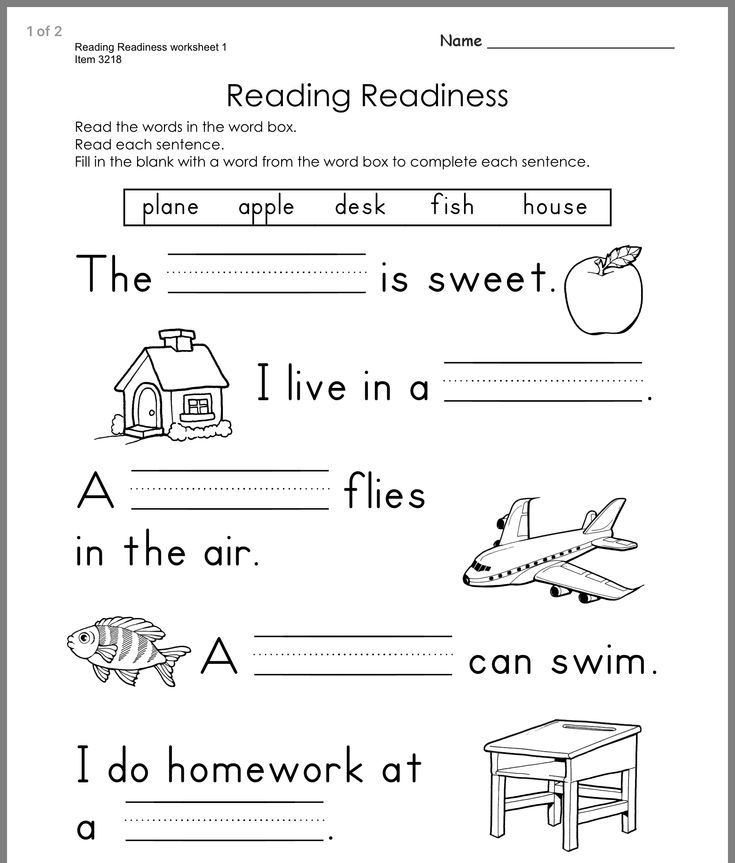
In this way, children simultaneously prepare for more complex syllables at each stage and reinforce what they have learned earlier.
Exercises for learning to read
Learning to read usually takes place in several stages. First, the child listens to the sound, visually remembers the letters. Different games will help with this, where you need to look for letters, invent words, etc. When this stage is over, you can move on to syllables and games to work them out. And only after that it will be possible to proceed to words, and then to sentences and texts. nine0003
Letter memory exercises
The first step is to teach your child to recognize letters. To do this, you can use pictures with hidden letters. We use such exercises in the preparation for school lessons in Skysmart.
Ask your child to identify what letter a word begins with, or name as many words as possible that begin with a certain letter.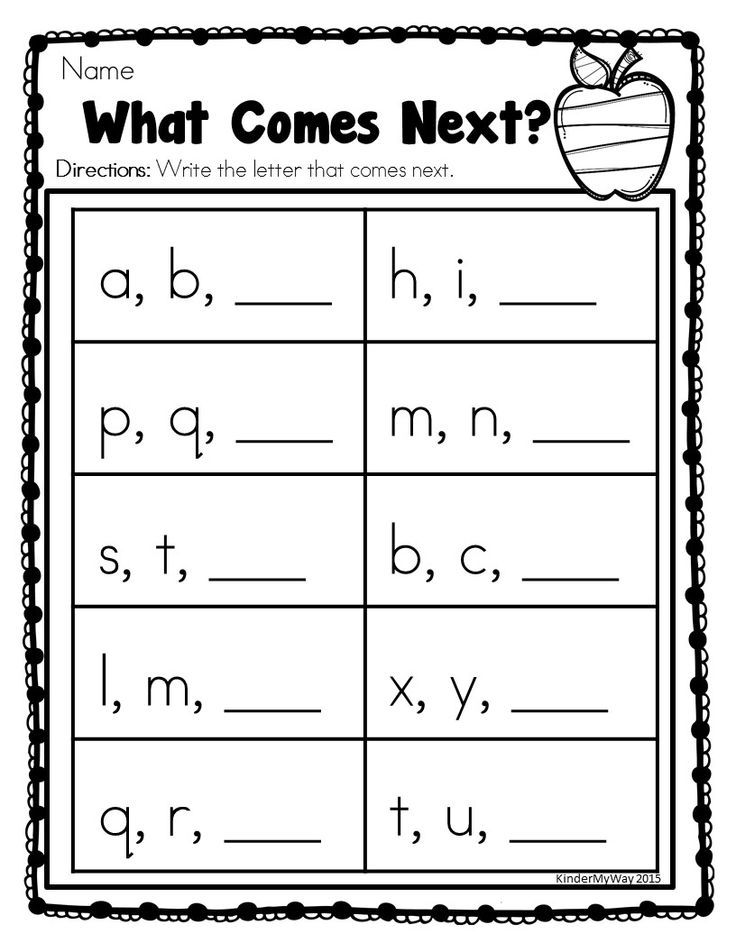
Next, we train to distinguish correctly written letters from incorrect ones. This is also important for learning to write: preschoolers often mirror letters or distort individual elements. nine0003
Exercises for vowels and consonants
To learn to distinguish between vowels and consonants, tasks will help you determine the sound with which a word begins.
It will also help to remember the difference between vowels and consonants and search for an extra letter.
Word Building Exercises
When your child can read short words, ask him to make a word out of letters on his own.
Composing words from syllables is convenient if you have cubes at hand, but you can also try on paper.
Another good exercise is to fill in the missing letter in a word.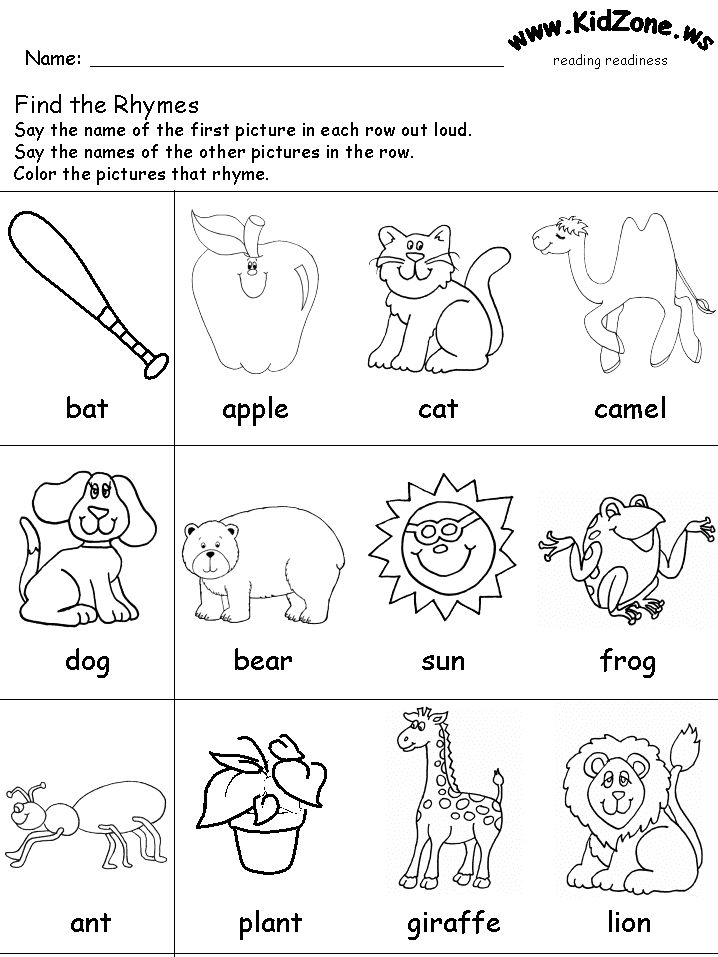

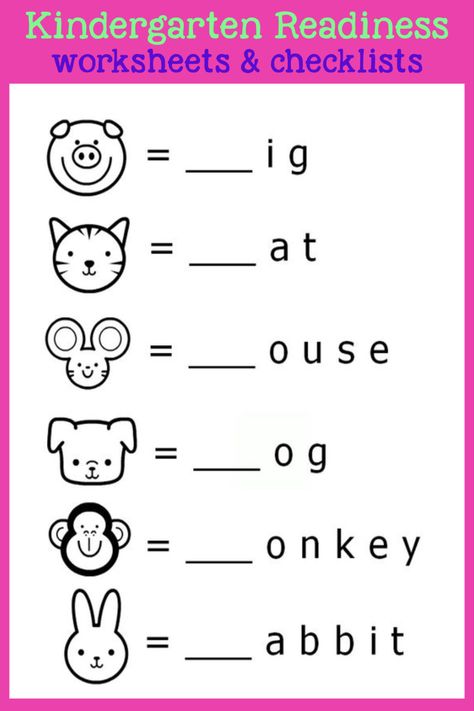 nine0003
nine0003 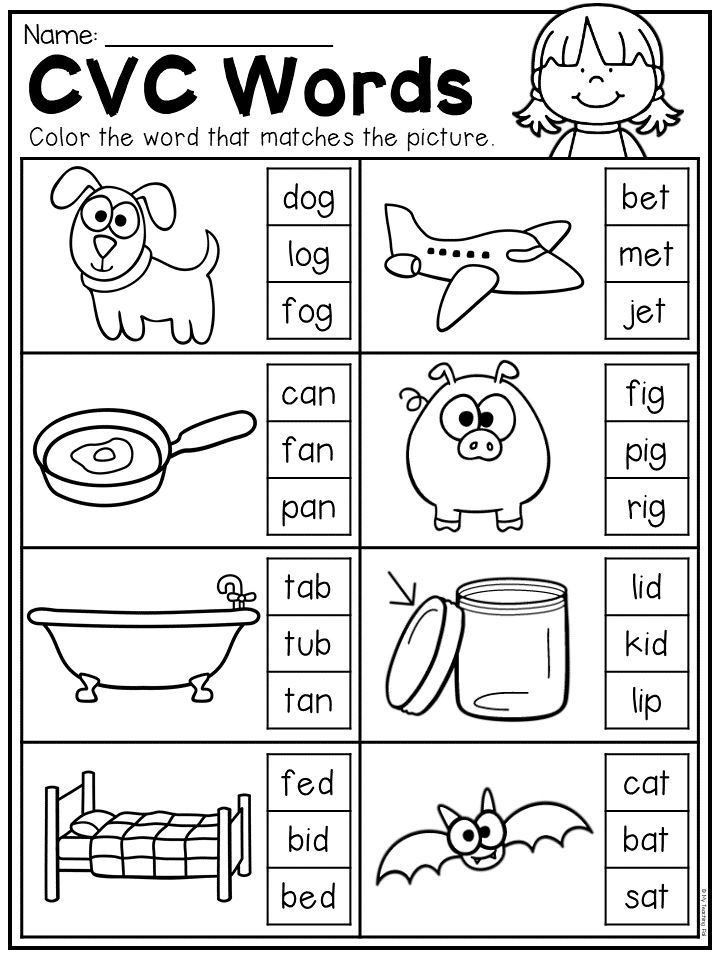 Find matching pictures
Find matching pictures 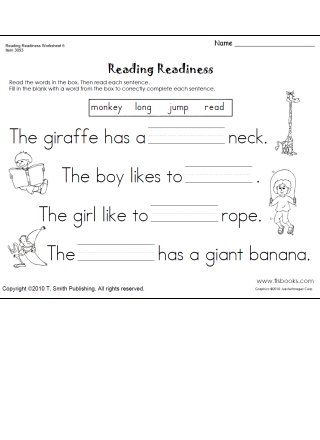 And mom ... dad's owner "
And mom ... dad's owner "